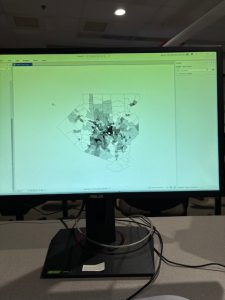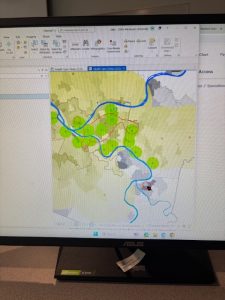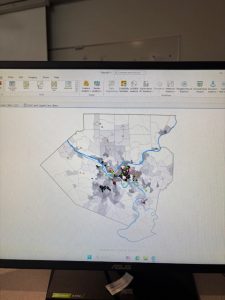Chapter 1
Chapter 2 focuses on the fundamentals of working with maps and layers. It introduces key concepts like navigating the interface, adding data, and symbolizing features to enhance visualization. The chapter provides step-by-step instructions, making it easy to follow along and practice within the software.
What I liked about this chapter was its clarity and hands-on approach. The exercises were well-structured, helping me build confidence in using ArcGIS Pro efficiently. The real-world examples also made the learning experience more engaging and practical.
Chapter 3
Chapter 3 covers data management, including how to organize, edit, and analyze spatial data. It explains essential tools for handling attribute tables, creating new features, and modifying existing ones. The step-by-step instructions make it easy to follow and apply the concepts in real-world scenarios.
What I liked about this chapter was how it emphasized the importance of data accuracy and organization. The practical exercises helped reinforce key skills, making it easier to understand how to manage GIS data efficiently in a professional setting.


